Big Questions for Our Journey to Mars
Travel to Mars — and successful habitation there — will take more than good science, technology and engineering. It will require solutions to challenges in politics, ethics and law.
By Brooke Grindlinger, PhD
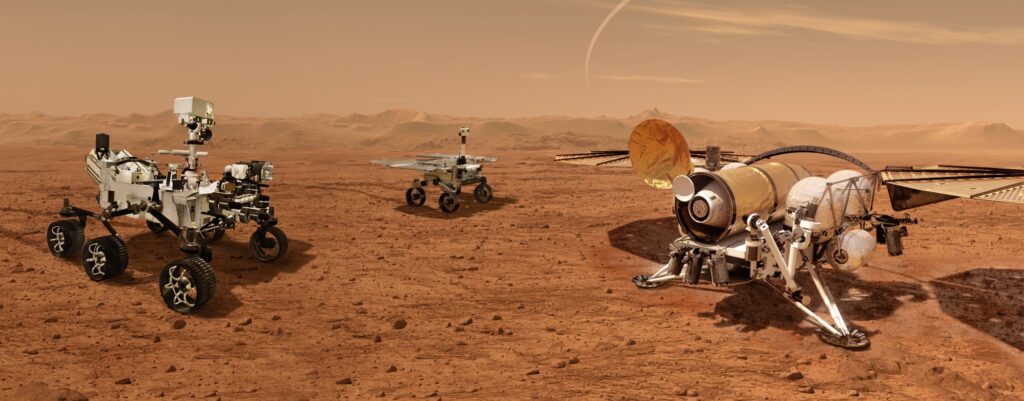
At this year’s South by Southwest Festival, I had the pleasure of asking a panel of experts some big questions about travel to Mars. The journey will push limits of the human body and may take us to the edge of ethical behavior – or beyond. Here are my top 10 questions and takeaways from the conversation.
1. The effects of space travel on the human body may not be reversible.
Two hazards astronauts will face during a trip to Mars—and a stay there—are DNA-breaking radiation and the effects of weightlessness and microgravity.
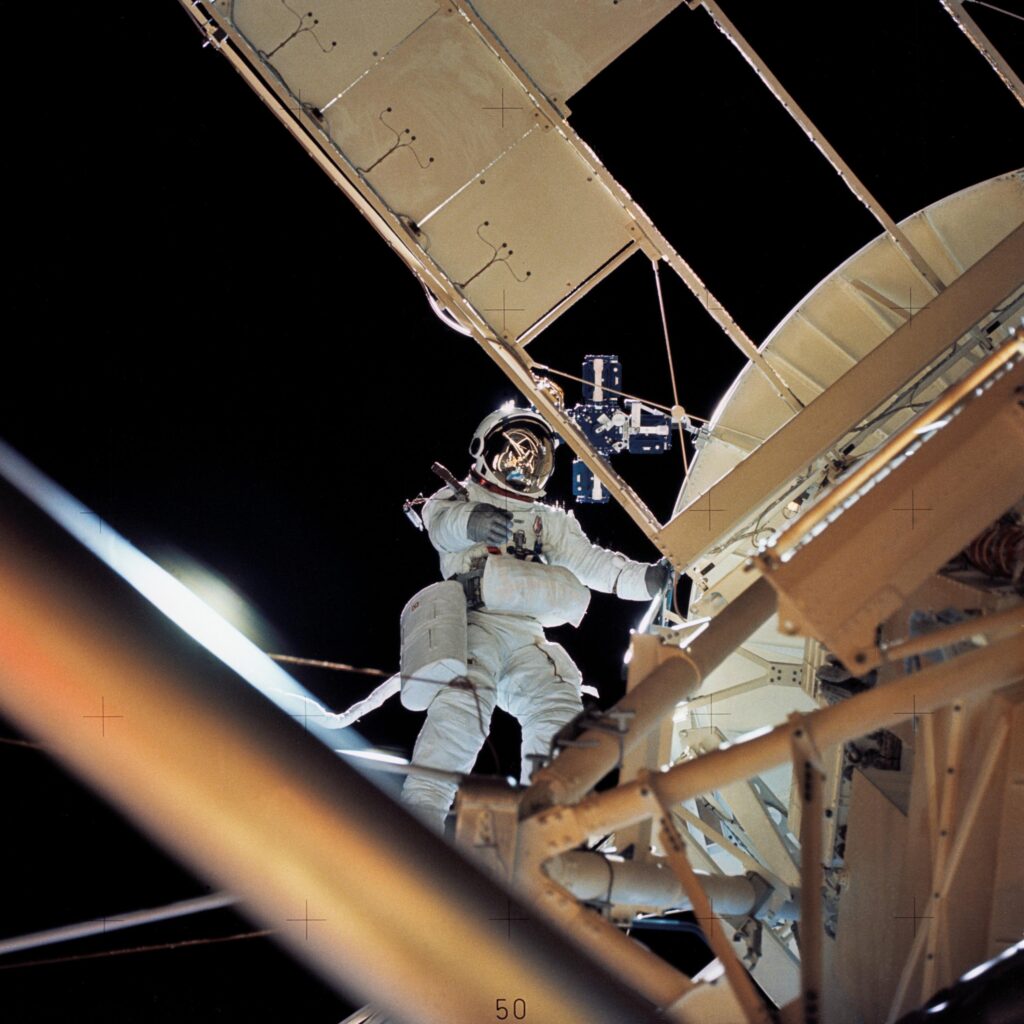
“Imagine you’re lying off the side of your bed when you’re a kid, and all the blood is rushing to your head. In microgravity, the result of increased pressure that builds up in the head, pressing against the brain and against the eyes, can cause changes in vision—Spaceflight Associated Neuro-Ocular Syndrome,” explained Eliah Overbey, PhD, a NASA space biology postdoctoral fellow and postdoctoral associate in computational biomedicine of physiology and biophysics at Weill Cornell Medicine. “Over 50% of astronauts will experience some sort of vision change when they’re in space. Some of that does reverse when they return to Earth and some of it does not, some of it persists.”
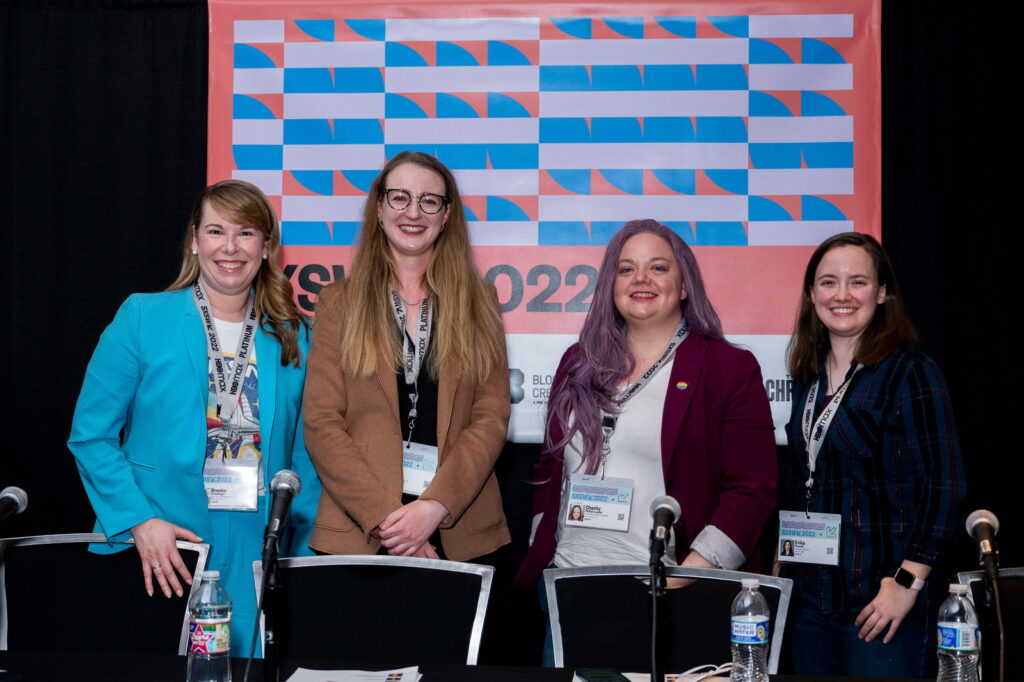
2. The jury is still out on whether there is—or ever was—life on Mars.
“Right now, it looks like Mars’ surface is probably pretty inhospitable to microbes. So, the evidence that we’re looking for at the surface is really focused more on past life, life in the geologic record. But it’s a completely different story in the subsurface,” reported Charity Phillips-Lander, PhD, a senior research scientist in astrobiology at the Southwest Research Institute who studies the habitability and possible bio-signatures of planetary bodies.
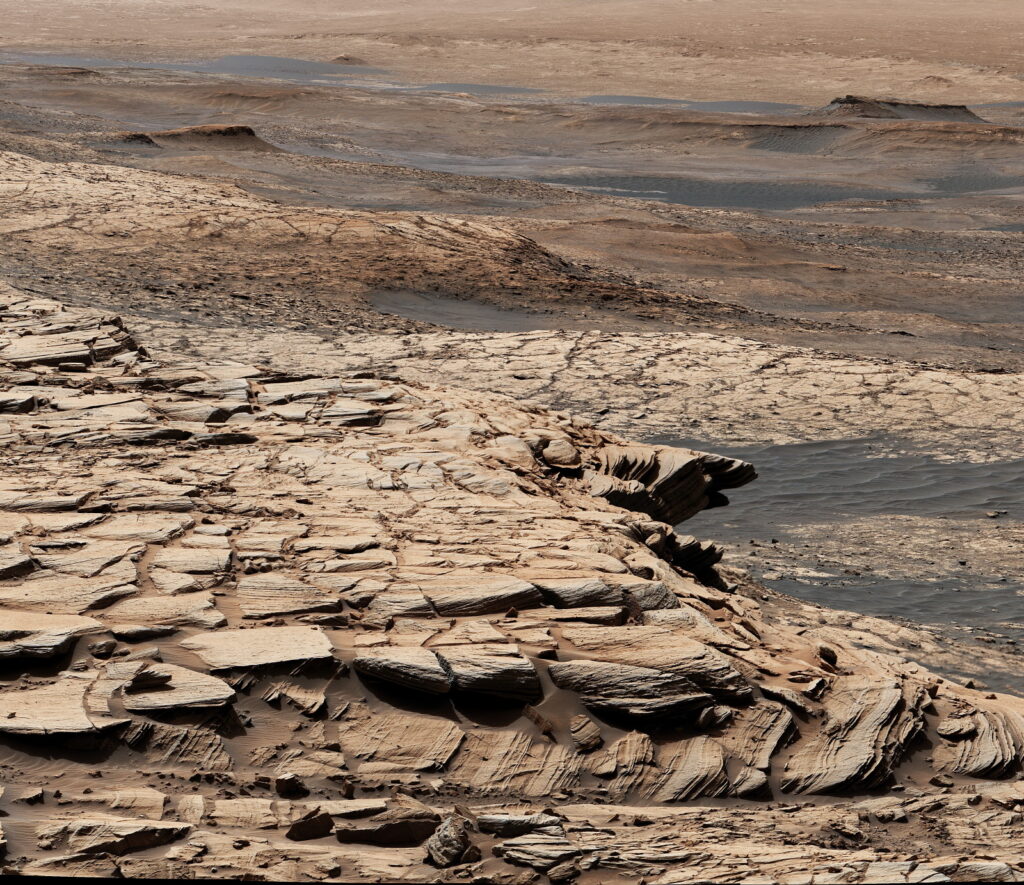
“We see manganese oxides—what you would call ‘desert varnish’—that show up in some of the rocks in Hale Crater on Mars and also on Earth. Those are typically precipitated by microorganisms. Jezero Crater and Gale Crater show really low carbon isotopic values that might be indicative of methanotrophs—microbes that eat methane for a living. We’ve seen methane in Mars’ atmosphere.” That’s possible evidence, Phillips-Lander said, of evidence of life on Mars in the past. “But we need more evidence, and that’s what Perseverance is rolling around looking for right now,” she added, referring to the robot that is now roaming the planet.
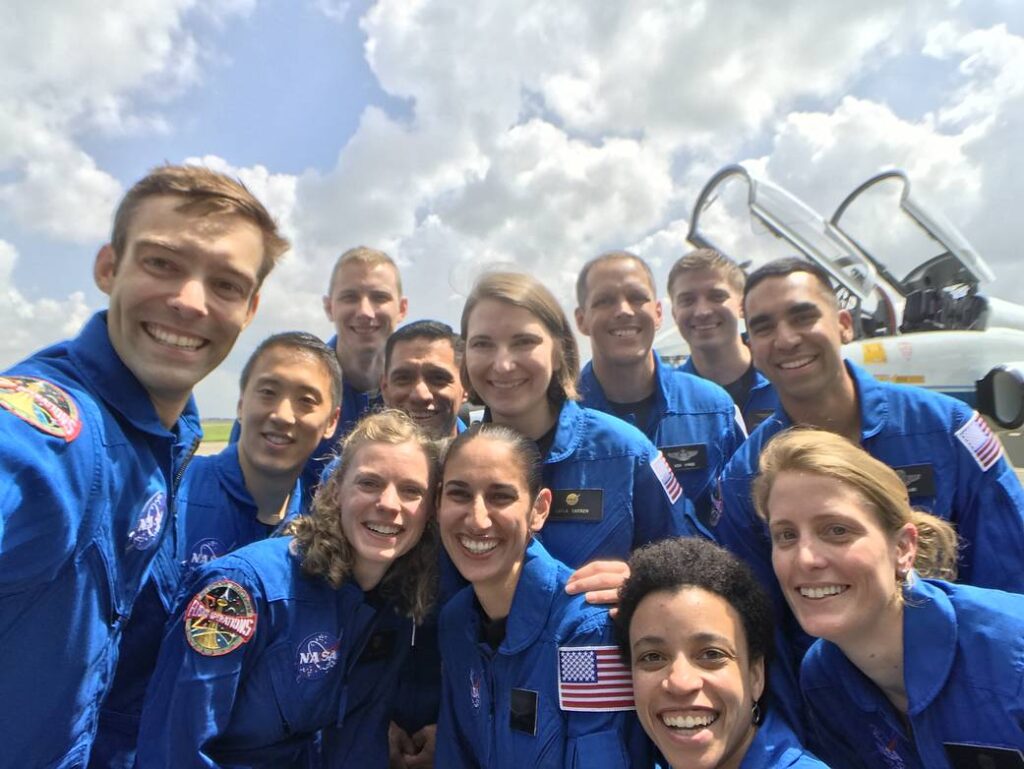
3. Who gets to go? It is not too soon to call for disability inclusion in space exploration.
“Deciding who among the 8 billion of us gets to go up into space, and even go to Mars, is a tough question,” said Erika Nesvold, PhD, a co-founder of the JustSpace Alliance, which advocates for a more ethical, inclusive future in space. “Until now, the people who are able to go to space were the people selected by agencies like NASA, or more recently, people who have been able to afford space tourism flights. If you wanted to go to space, you need to be able to pass the astronaut selection, including a really strict health screening. This means that the people who have gone to space so far have primarily been very healthy, able-bodied people, which leaves out a huge portion of our population who are disabled. Why don’t we have disabled astronauts? What would it look like to redesign our space technology, to make it more accessible to people with disabilities?” Nesvold highlighted projects such as AstroAccess, which has just started launching disabled scientists, veterans, athletes, students, and artists on parabolic flights to experience weightlessness and low gravity conditions. A key goal is to investigate how space vehicles can be modified so that all astronauts and explorers—regardless of disability on Earth—can thrive in space.
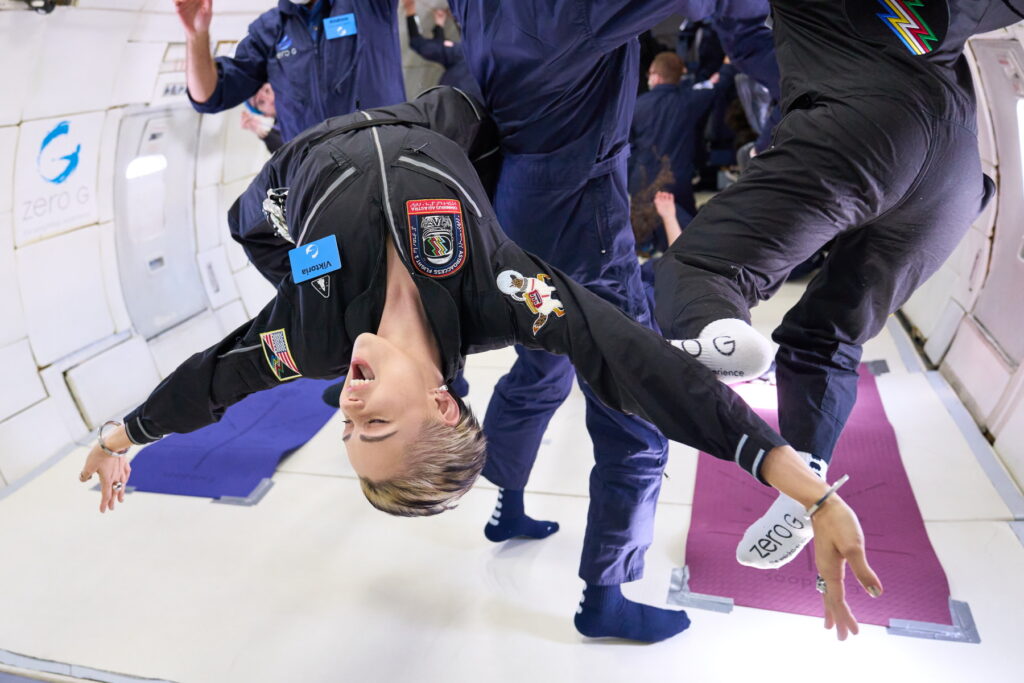
4. Space immigration: let’s not repeat the mistakes we’ve made on Earth.
NASA is hoping to put astronauts on Mars by 2035. It’s not difficult to conceive that, in the years to follow, others may arrive on Mars as migrants or as refugees. “Even now, we can see the huge human rights issues that come up when one group of people moves to a new place, especially if there are already people in that place,” reflected Nesvold. “Suppose we manage to get a population of humans living on Mars and then a second group wants to go there too. How will the original inhabitants feel about that immigration?” Nesvold said the response might vary, for example, depending on whether the new arrivals are fleeing strife, or if they have something to offer economically. “It’s worth getting some historians in the room… [How can we] learn from what’s happened here on Earth, to protect all of those groups in the future?”
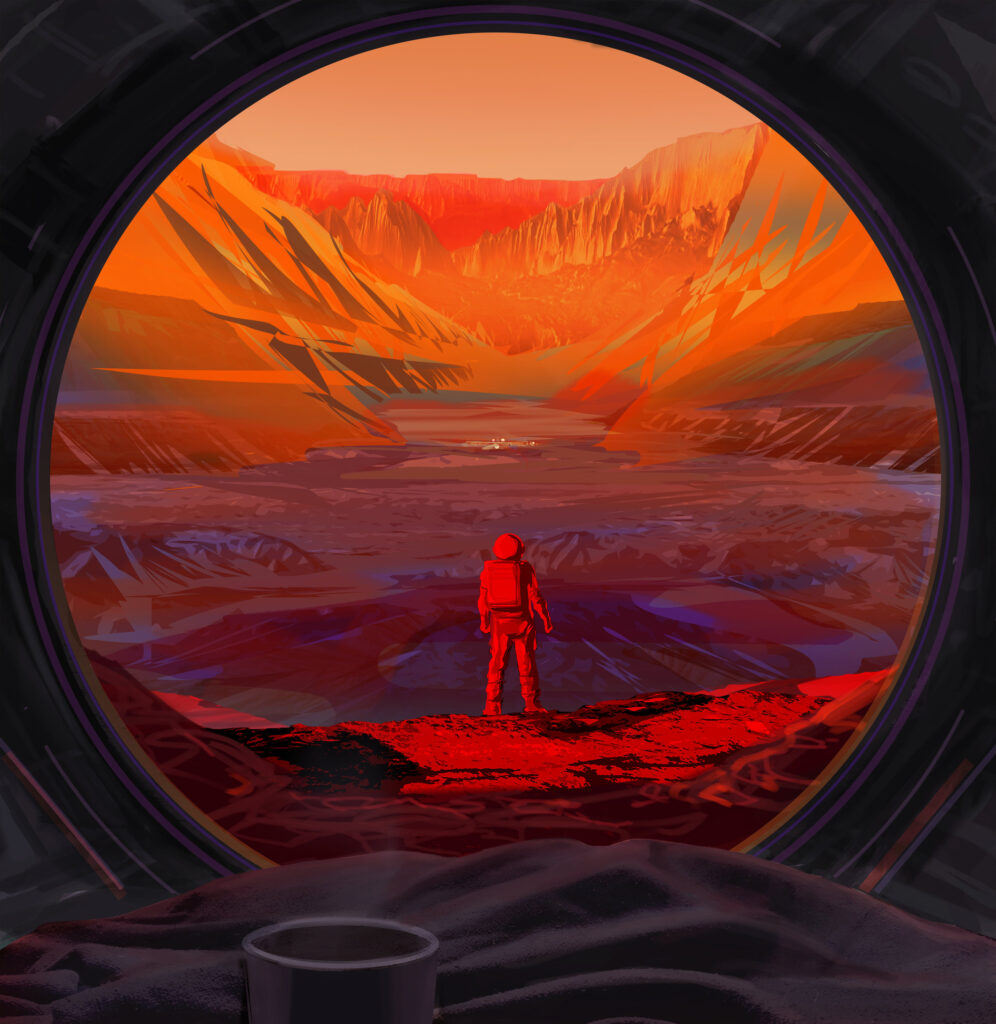
5. Survival hacks have to be sustainable.
“One of the things that we need to focus on is sustainability, because for every ounce of material you take with you, you also have to provide fuel to get it there,” Phillips-Lander pointed out. “Through NASA’s biological and physical science programs, we’re experimenting with things like growing food on the moon. How do we do that, and how do we assess and prospect for the resources we might need? How do we print bricks, because we’re going to need to build a habitat? Can we create bioregenerative habitats that take CO2 and turn it back into oxygen, either through plants or microbes? We’re also looking at developing synthetic microbes that can carry out specific processes that might be beneficial to humans.”
6. Ethical quandaries abound if we engineer a “better human” for space travel.
Opportunities to protect and prepare the human body in advance of space travel, and for longer-term survival on Mars, are now on the horizon with bioengineering technologies like CRISPR gene editing and immunotherapy. “Is there some way that we can engineer astronauts to be more radiation-resistant or to overcome the fluid shifts that are going to cause different sorts of cognitive effects?” asked Overbey. “There’s an ethical question, really under debate on Earth: how much should we be editing the genome? Should you be editing cells that are going to pass on to your children? Can we justify gene editing in these contexts to overcome some of these limitations? Are we actually now morally obligated to do genetic engineering in order to adapt to those environments?” Overbey continued, “If we’re changing our genetic code, making permanent changes, are we changing how we define humans as a species, and making changes to genomes that will affect future generations?” Nesvold expanded on these ethical conundrums: “If we want to have self-sustaining human settlements in space, we have to figure out whether human reproduction is possible in space, with all the weightlessness and the radiation. At some point, even if you’ve done studies on animals, we’re going to have to try it, and that involves experimenting on pregnant people and fetuses… It’s a big ethical barrier to getting to the point of having self-sustaining human populations in space.”

7. Terraforming Mars: Could we? Should we?
Might we terraform Mars, turning it from a red planet to a green one, or a blue one like Earth, in an effort to make it more hospitable? “If we just go in and whole-scale terraform Mars right off the bat, then we defeat one of the scientific goals of human exploration, which is to figure out if there was life on Mars, or if there is life on Mars today,” warned Phillips-Lander. “So, initial missions are going to focus on minimizing the risk of contamination. We’ve established areas of Mars that are categorized as special regions because they have the highest potential for life. And so those areas are mostly off limits,” Nesvold said, referring to policies developed by the Committee on Space Research of the International Council for Science. She added: “The problem is that any terraforming we do to make Mars more like Earth, makes Mars less like Mars.” She paraphrased a question of scientific ethics raised in the film Jurassic Park: “We need to work really hard to make sure that no one eventually says about us, that we were so busy thinking about whether we could, that we didn’t think about whether we should.”
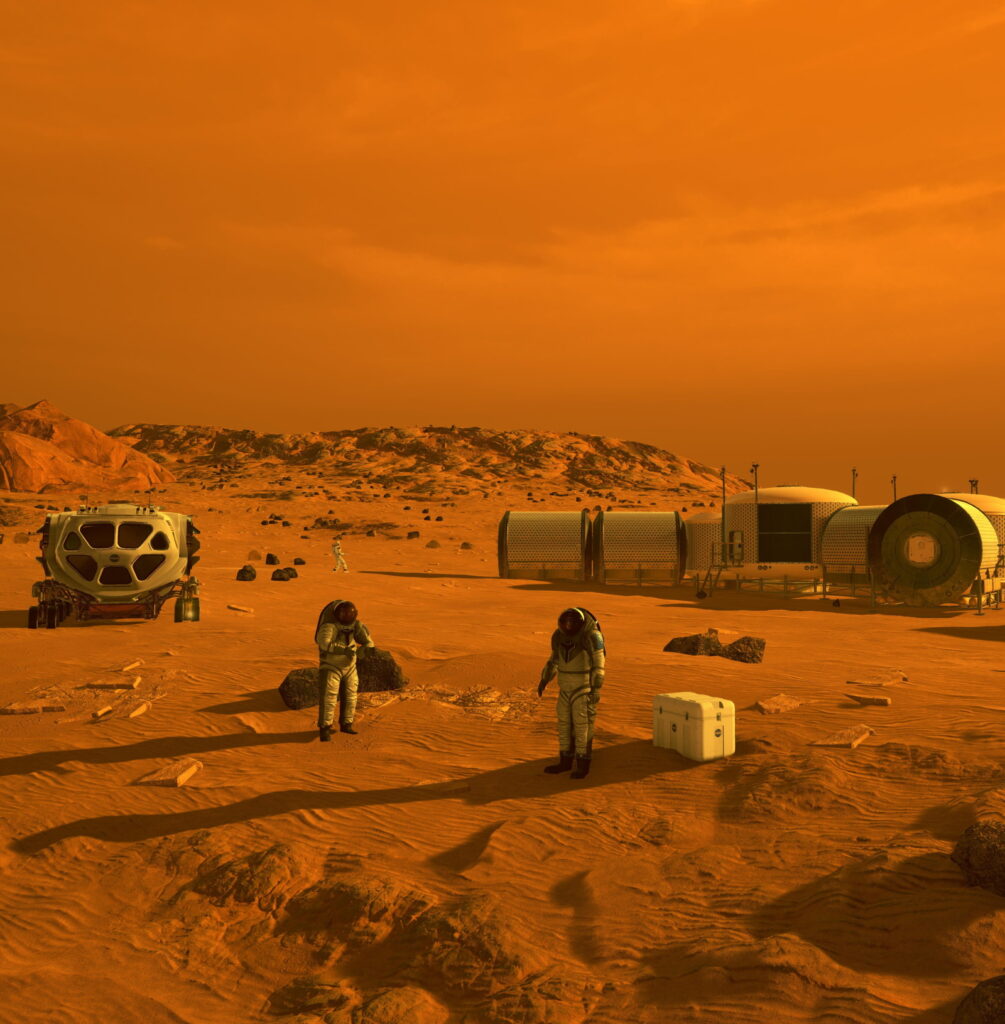
8. How do we protect the rights of Mars amid an alien invasion?
Before we become too wrapped up in our own self-preservation as a species, we should remember an alien invasion is about to take place. But this time, we will be the aliens. The Outer Space Treaty of 1967 outlines a series of planetary protections that govern space and space travel, but many questions remain about the scope and enforceability of the treaty. “For every planetary mission that we undertake, part of the evaluation process for mission selection is planetary protection,” explained Phillips-Lander. She said mission planners must develop “a viable burden limit”—a maximum number of organisms that a spacecraft is allowed to carry. “For a special region like a lava tube on Mars that might be a habitable environment for life, that’s basically zero, which is really challenging to achieve,” she said. “We have a whole suite of clean rooms on Earth that are designed for that, and back planetary protection, so that we’re not bringing novel organisms back to Earth and releasing them, because that would obviously be potentially bad. We’re trying to do it both ways.” Nesvold took the conversation on the protection of Mars astrobiology further: “What rights do the microbes have to not be exterminated if we want to move up there with our Earth microbes and potentially wipe them out? We all use Lysol, and we’re all really trying to kill a certain virus right now. But this would be a really unusual population of microbes. Are they special because they come from another planet? And there are people who argue that even an environment that has no life in it has some kind of intrinsic rights to its own integrity.”
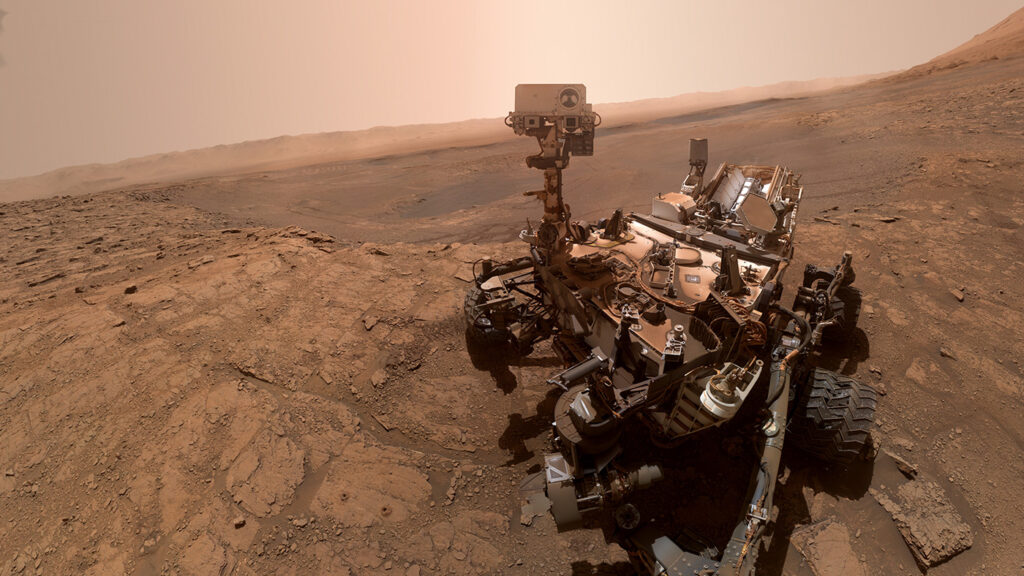
9. How can we live together on Mars?
Numerous ethical, sociological, and even psychological questions must be considered for space travel. “As we’re trying to figure out how we will live in this space environment, we also have to figure out how we’ll live with each other in the space environment, because sometimes the other humans in your group are your biggest problem or your most important asset as you’re facing a really extreme environment,” Nesvold said. “We’re going to have to figure out how to self-organize and have some self-governance, the way that small groups have throughout history. We’ll need to be able to answer questions like: How do we handle conflicts between people living in space or between the people living in space and the ones back on Earth? What happens if you move to Mars to take a job and then you lose that job—do you have to pay for water, food, and air in space? Do you get a free ticket back to Earth or are you just on your own in a deadly environment? We’re certainly capable of bringing our inequalities with us into space, and I’m very confident we’re capable of inventing new ones in space. We need to be deliberate about this and think about what kind of future we want for ourselves, wherever it is, and make sure that we’re taking steps to protect that future for our descendants in space.”
10. Space capitalism: will its innovations be our salvation?
Why should we be spending so much money to explore Mars? Will the benefit warrant the costs?
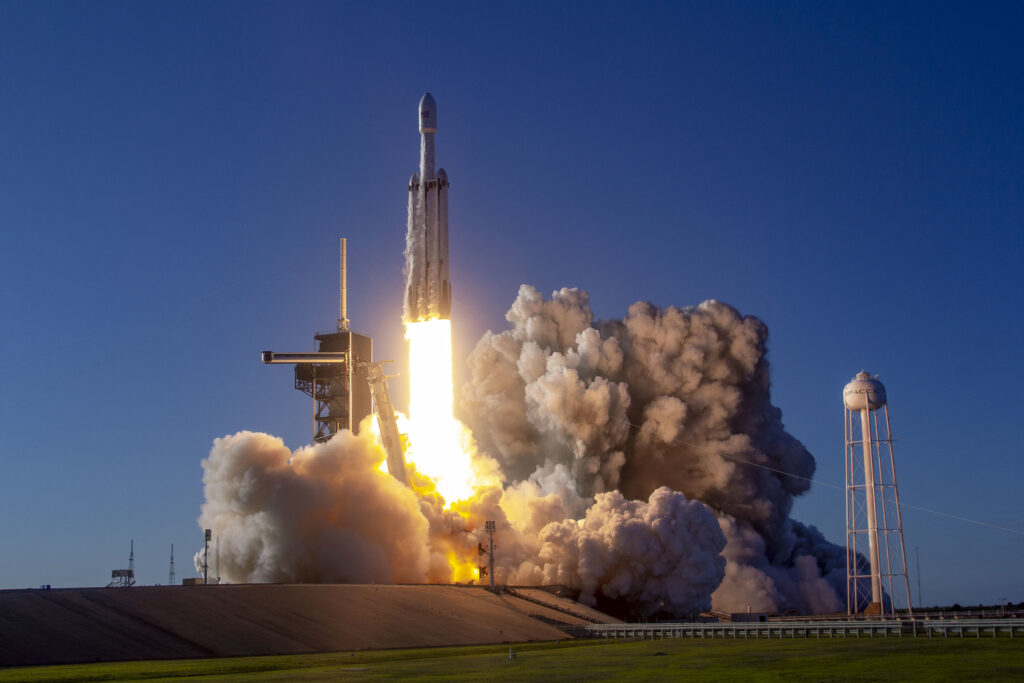
“The return on investment is worth it because we’re going to get new technologies or access to resources that you don’t have here on Earth,” posited Nesvold. “But you have to make sure that those benefits are actually being distributed equitably.” When asked to comment on the billionaire-driven space ecosystem that we see flourishing today, Nesvold responded: “A big issue with the space program since its creation has been that it had to survive off of taxpayer money. If you can make the space sector profitable it becomes self-sustaining…. Profit-seeking is a big part of what’s supporting this industry and helping it move forward. Capitalism brings innovation, and innovation is what we need for space. The problem is that capitalism also roots a lot of misery and inequality. The trick is figure out how to get the innovation without increasing inequality and environmental destruction.”
One partial solution, Overbey said, are public-private partnerships that establish “guardrails” against out-of-control self-interest in space exploration. In her closing remarks, she described one big-picture view of why we should take on the challenge of space exploration: “We may think the Earth will end at some point, maybe millions, billions of years in the future. Or there’s always the threat that something could go horribly wrong on Earth within our lifetimes. Right now, where we’re at, we don’t have the science with our technology to sustain ourselves in space or on another planet indefinitely. So, when we think about return on investment, is it numbers and dollar signs for medicine, for a new technology?” Or, Oberbey asked, “What is the cost of [saving] the human race?”
Minor edits have been made to quotes for clarity.
Photos and illustrations courtesy NASA, unless noted otherwise.
